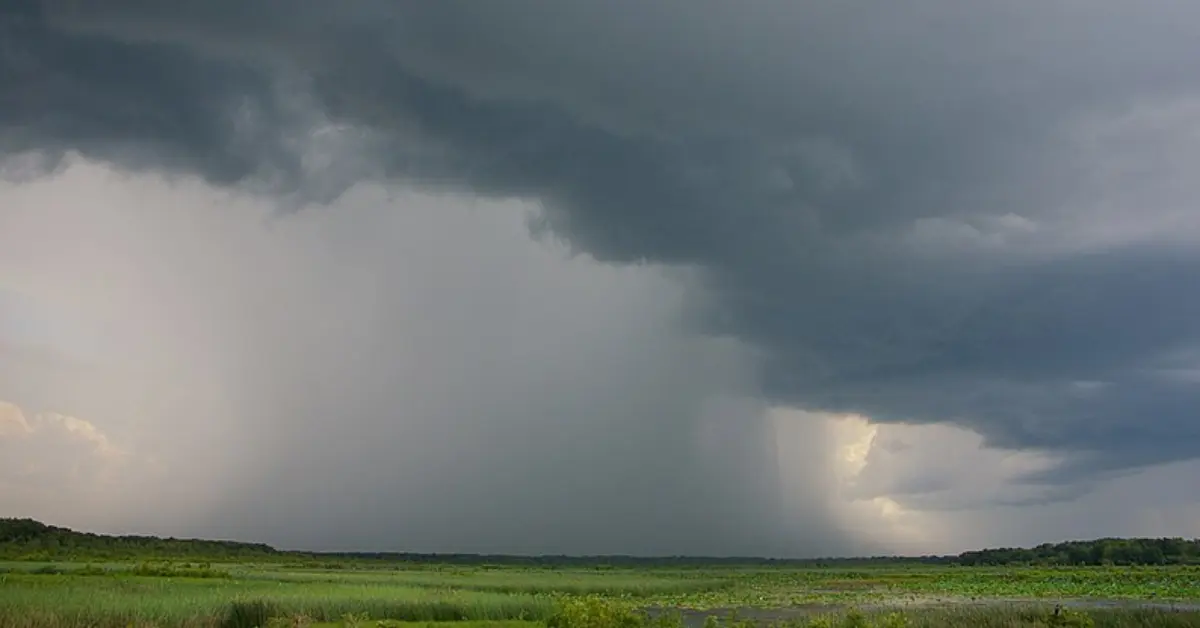Thunderstorms, tornadoes, and lightning cause hundreds of injuries and deaths each year, as well as billions of dollars in property and crop damage. The National Weather Service (NWS) and partner organizations launched SKYWARN® to acquire essential meteorological information. SKYWARN® is a volunteer-based program with 350,000 to 400,000 trained severe weather spotters.
These volunteers contribute to the safety of their communities by reporting severe weather to the National Weather Service in a timely and accurate manner. SKYWARN® spotters provide critical information for all types of weather dangers, but the emphasis is on severe local thunderstorms.

On average, the United States experiences over 10,000 severe thunderstorms, 5,000 floods, and over 1,000 tornadoes per year. Since the program’s inception in the 1970s, the information provided by SKYWARN® spotters, along with Doppler radar technology, better satellite, and other data, has enabled NWS to provide more timely and accurate tornado, severe thunderstorm, and flash flood warnings.
You may also like:
- Texas Shaken To Its Core: Powerful 4.7 Earthquake Rocks West Texas
- Rocks From The Sky: Texas City In Panic Over Possible Meteorite Strike
They promoted this program through various social media platforms including Twitter. You can see their tweet below
Want to learn to be a storm spotter?
Our next Storm Spotter Training class will be this Tuesday, February 21 in Weatherford, Oklahoma.
The training will be held at the Weatherford Regional Training Facility at 6:30 PM.
Come join us–it's free and everyone is welcome! #okwx pic.twitter.com/7YPI3GZsK2
— NWS Norman (@NWSNorman) February 20, 2023
Storm spotters with SKYWARN® are the nation’s first line of defense against severe weather. There is no greater satisfaction than knowing that your efforts have provided your family and neighbors with the valuable gift of time—minutes that can help save lives.
What’s The Eligibility To Join The Program?
Everyone interested in public service is encouraged to join the SKYWARN® program. Volunteers include police and fire personnel, dispatchers, emergency medical staff, public utility workers, and other concerned people.
Spotters are encouraged to be those who work in hospitals, schools, churches, or nursing homes, or who have a responsibility to protect others. Are you eager to learn more? Look for a class in your region. Training is usually free and lasts about 2 hours. You will discover:
- fundamentals of thunderstorm formation
- The basics of storm structure
- Detecting possible severe weather features
- Reportable information
- How to Disseminate Information
- The fundamentals of extreme weather safety
If you found this article informative then follow us on Twitter @kerrvilleBN for more such content.



